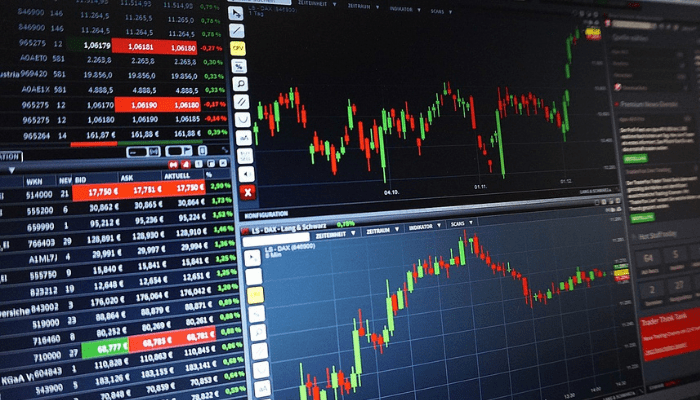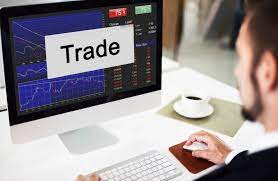In the world of Forex trading, informed decisions are the foundation of lasting success. While technical indicators and price charts offer valuable insights, understanding the fundamental factors that drive currency movements adds depth and precision to every trade. Traders who grasp the importance of forex trading education are better positioned to anticipate market trends, respond to economic events, and manage risk effectively. In short, understanding the “why” behind market moves gives traders a true edge.
What Are Forex Fundamentals?
Forex fundamentals refer to the macroeconomic indicators and events that influence the value of a country’s currency. These include interest rates, inflation, gross domestic product (GDP), employment figures, political stability, and trade balances. Unlike technical analysis, which focuses on price patterns and historical data, fundamental analysis looks at the economic and geopolitical forces shaping the market.
When traders understand these core drivers, they can anticipate how currencies may react to news releases and policy changes—allowing for more informed and strategic trading decisions.
Key Economic Indicators to Know
1. Interest Rates – Central bank interest rate decisions are among the most influential events in Forex. Higher interest rates typically strengthen a currency, as they attract foreign investment. Conversely, lower rates may lead to depreciation.
2. Inflation Data – Inflation affects purchasing power and can influence monetary policy. Central banks closely monitor inflation to guide decisions on interest rate adjustments.
3. GDP (Gross Domestic Product) – GDP reflects the overall economic health of a country. Strong GDP growth usually signals a healthy economy and can support a stronger currency.
4. Employment Reports – Labor market data, such as non-farm payrolls or unemployment rates, provide insight into economic strength. Positive employment data often boosts currency value.
5. Trade Balance – A country’s trade balance shows the difference between exports and imports. A surplus generally strengthens the domestic currency, while a deficit can weaken it.
Enhancing Decision-Making
When traders incorporate fundamental analysis into their strategies, they move from reactive trading to proactive planning. For example, if a central bank is expected to raise interest rates, a trader might anticipate bullish movement in that currency and position accordingly. Rather than chasing short-term trends, they base their actions on long-term economic outlooks.
This approach not only improves timing but also reduces reliance on speculation. It gives context to technical setups and helps validate or avoid trades based on broader market sentiment.
Risk Management and Stability
Understanding fundamentals also plays a critical role in managing risk. Sudden news events or unexpected policy announcements can cause sharp price swings. Traders who are aware of upcoming economic calendars and understand the significance of these events can adjust their exposure or avoid trading during high-volatility periods.
Being informed allows for better preparation, which leads to more stable and confident trading decisions.
Final Thoughts
In Forex, knowledge is more than just power—it’s profit. By learning and applying fundamental analysis, traders gain a clearer picture of the forces at play in the market. This understanding leads to smarter, more strategic trades and long-term consistency.
If your goal is to make informed decisions and build a sustainable trading career, mastering Forex fundamentals is not optional—it’s essential.


